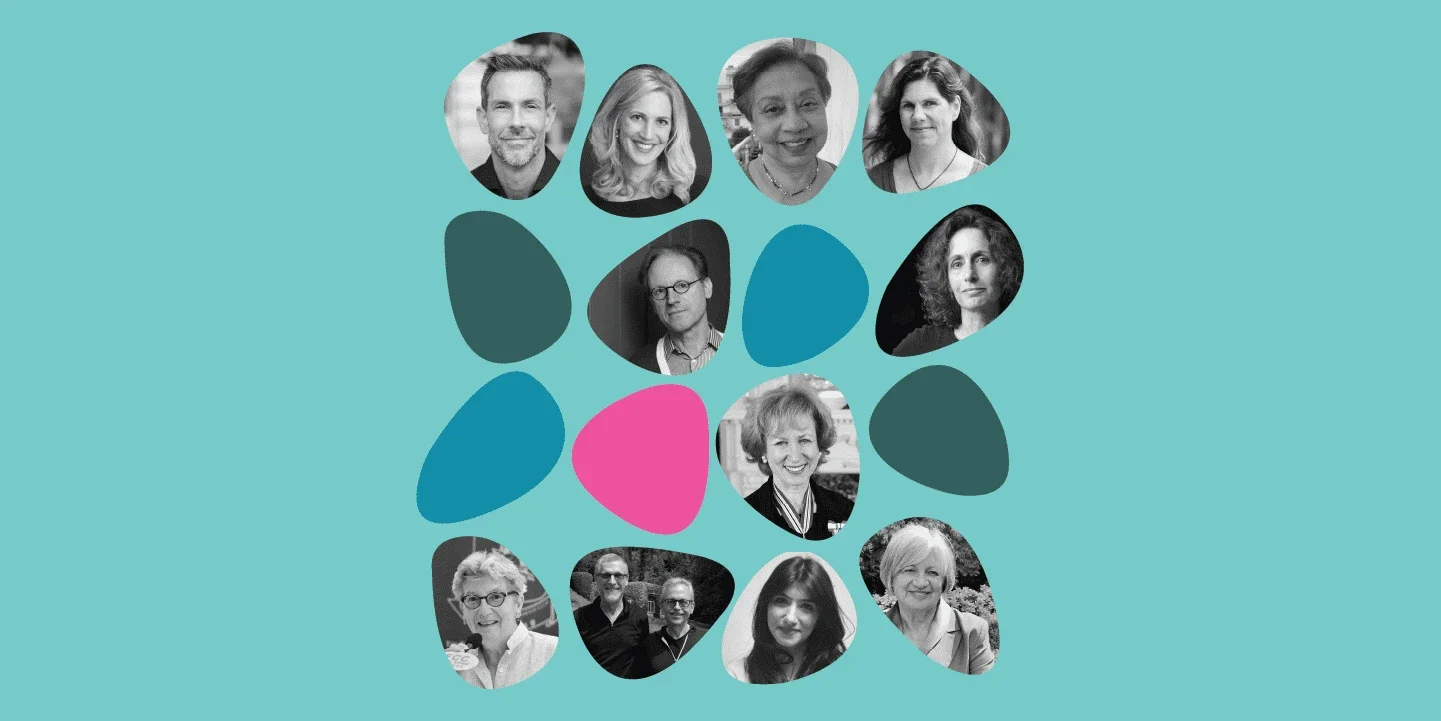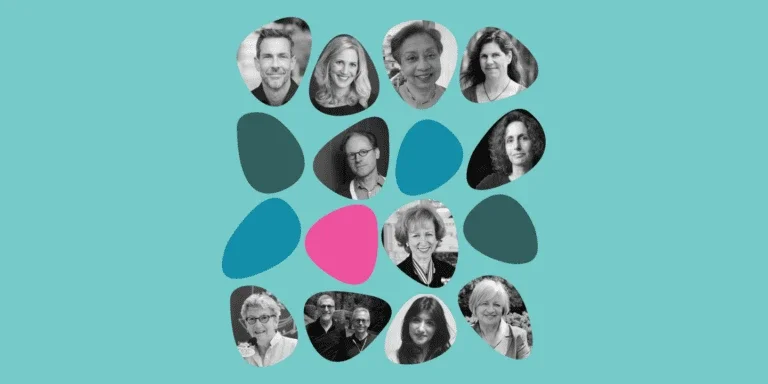With a market making model, we are able to address the intermediate gap that has been created by lack of information from financial institutions who are not on the ground, and manufacturers who are too in the trenches. Driving systemic change will help make the process more equitable.
Lewis Perkins
What breakthroughs need to happen for us to avoid the worst impacts of climate change and prepare communities to adapt to the new challenges that will arise?
We can’t do this alone. Even the largest foundation in the fashion sector isn’t big enough to push the entire supply chain in a certain direction. The industry as a whole needs a systems change. Until now, many nonprofits and solution providers in the sector have been pitted against one another to compete for the same dollars. Instead, we need to look at each actor as a puzzle piece, where everyone plays a role within a comprehensive set of solutions.
Currently, even the solutions are fragmented – there are multitudes of them, and they’re not aligned. Innovative solutions are being piloted, but then funding dries up because no one is thinking about the system as a whole, from pre-seed to pilot to model to scale. The angel investor isn’t the same as the debt financer, and for systems change to be effective we need to look at a long-term trajectory with partners across all these asset classes sitting around the table together. This is what our convening at the Bellagio Center is all about.
We’re also so disconnected from how our clothes are made. Consumers desperately want to know, “What should I buy?”, and the answer is simple: whatever you buy, the longer you keep it, the more you amortize its impact. So it’s not just about cleaning up the production process, it’s also about changing consumption models. And that’s where Aii can do better, by partnering with other storytellers to make sure that we’re bringing the consumer into the systems change.
With existing facility efficiency programs in seven regions throughout Europe and Asia, the Apparel Impact Institute works directly with local suppliers to create innovative design solutions that are both measurable and achievable.
Lewis Perkins
What keeps you up at night about achieving these goals? What makes you optimistic?
I get energized when we have creative ideas that are pressure tested and validated by external partners. I particularly love when there’s a more traditional partner that you didn’t think would go for your creative idea and they go, “Huh! This is interesting.” I love converting the naysayers into enthusiasts, advocates, and champions.
At Aii, we’re always asking, “What assumptions are we making that could prevent this from working?” A lot of assumptions exist around solution adoption and taking on debt in the supply chain, and the best way to deal with them is to incorporate local and regional feedback – not just from the owners of factories, but from workers and individuals in those communities. We have to design solutions not just for local suppliers, but with them.
I believe that if you can think it, you can build it. Maybe there are a million reasons why it wouldn’t work or hasn’t worked before, but so what? Difficult times require new solutions. And I think that’s what we need right now – we need people who say, “So what with the rules! Let’s get in there and mix this all up.”
Learn more: Find out more about Aii, the Fashion Climate Fund, the Climate Solutions Portfolio, and listen to Lewis talk more about the points raised in this piece with Causeartist.
You can also read the Aii reports “The Roadmap to Net Zero: Delivering Science Based Targets in the Apparel Center” and “Unlocking the Trillion-Dollar Fashion Decarbonization Opportunity,” as well as the latest updates: “Taking Stock of Progress Against the Roadmap to Net Zero” and the 2022 Impact Report.

